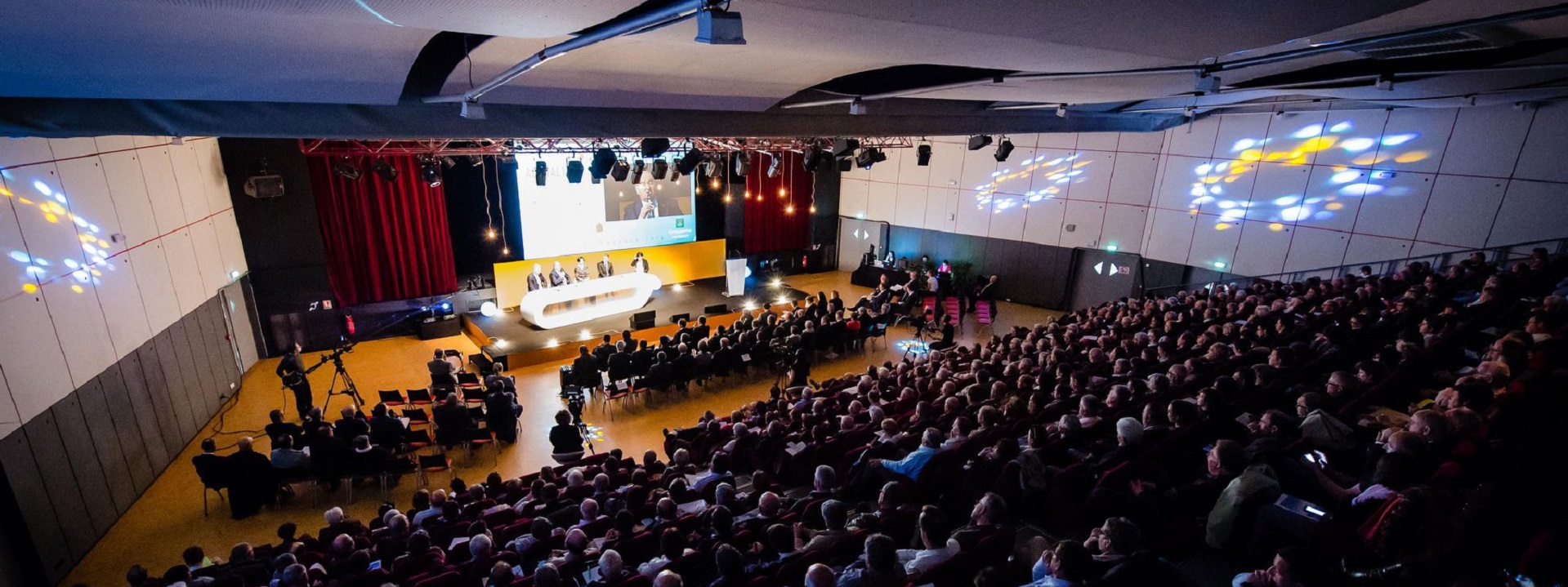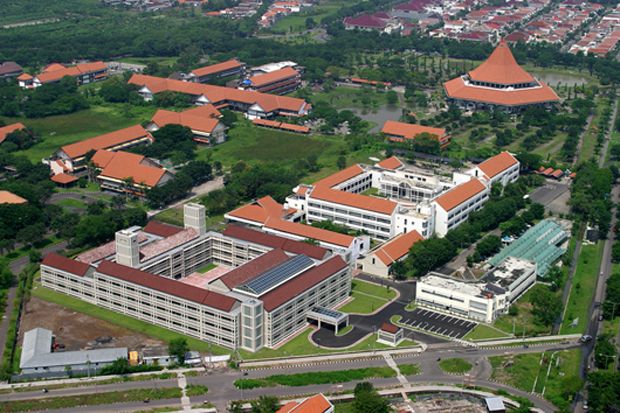Tag Archives: Indonesia
- Home
- Posts tagged "Indonesia"

Flicker Characterization of Energy Saving Lamps
PT PLN (Persero), Jl. Trunojoyo Blok M I/135 Kebayoran Baru, Jakarta, Indonesia
Kawantech S.A.S, 6 Rue Françoise d’Eaubonne, Toulouse, France
School of Electrical Engineering and Informatics, Bandung Institute of Technology, Jalan Ganesha 10, Bandung, Indonesia
Université de Toulouse, Laplace, UMR 5213 (CNRS, INPT, UPS), 118 rte de Narbonne, Toulouse, France
Abstract: With the advent of Solid State Lighting came a renewed interest in the study of flicker. Potential effects include brightness enhancement, but also discomfort, ocular fatigue, phantom and stroboscopic effects. Both IEEE and IEC developed new metrics, but at the time of writing no firm consensus has been reached. Yet previous lamp studies in the Laplace laboratory showed that various flicker phenomenon are present on different lamps, but this feature is not documented. This paper focus on flicker changes w.r.t. applied voltage. The Indonesian power grid network is indeed characterized by large voltage variations; our purpose is to detect which lamps may exhibit too elevated flicker levels during out of nominal excursion and map such behavior with other electrical characteristics.
CLICK HERE to order complete paper
Harmonic Impacts on the Electrical Distribution Network by the Broad Usage of LED Lamps
LED lighting — Reduce the power consumption and increase the users comfort
Human Anatomy Learning Platform for Medical Students
Evianita Dewi Fajrianti
Sritrusta Sukaridhoto – Muhammad Udin Harun Al Rasyid – Rizqi Putri Nourma Budiarti
Ilham Achmad Al Hafidz – Naufal Adi Satrio – Ardiman Firmanda
Department of Electrical Engineering, Politeknik Elektronika Negeri Surabaya, Indonesia
Abstract: Augmented Intelligence technology was introduced for the task of helping improve human work in various fields, one of which is education. Several problems in the learning process, which are currently completely virtual, raise new problems, especially related to practicums which require teaching modules as guidelines for practicum implementation but still maintain the impression of interactive learning. For this reason, Augmented Reality technology is applied as a solution to build a practical human anatomy module, then called AIVE Platform embedded in smartphones to provide informative and immersive learning that can be run indoors or outdoors so that it is not limited by space and time. This platform can run on Android and iOS which is built on the AR Foundation framework to work across platforms. This module has followed the rules of the anatomical atlas that include labels on each part, there is also a login system to store student usage history, as well as the choice of learning mode. This module has been licensed to operate from a teaching doctor in anatomy to be used as a teaching module. The PIECES framework used to analyze the importance and satisfaction level of the platform gives score 4.085 out of 5 on and 4.081 out of 5 respectively.
CLICK HERE to order complete paper
New update alert! The 2022 update to the Trademark Assignment Dataset is now available online. Find 1.29 million trademark assignments, involving 2.28 million unique trademark properties issued by the USPTO between March 1952 and January 2023: https://t.co/njrDAbSpwB pic.twitter.com/GkAXrHoQ9T
— USPTO (@uspto) July 13, 2023
Standards Michigan Group, LLC
2723 South State Street | Suite 150
Ann Arbor, MI 48104 USA
888-746-3670












